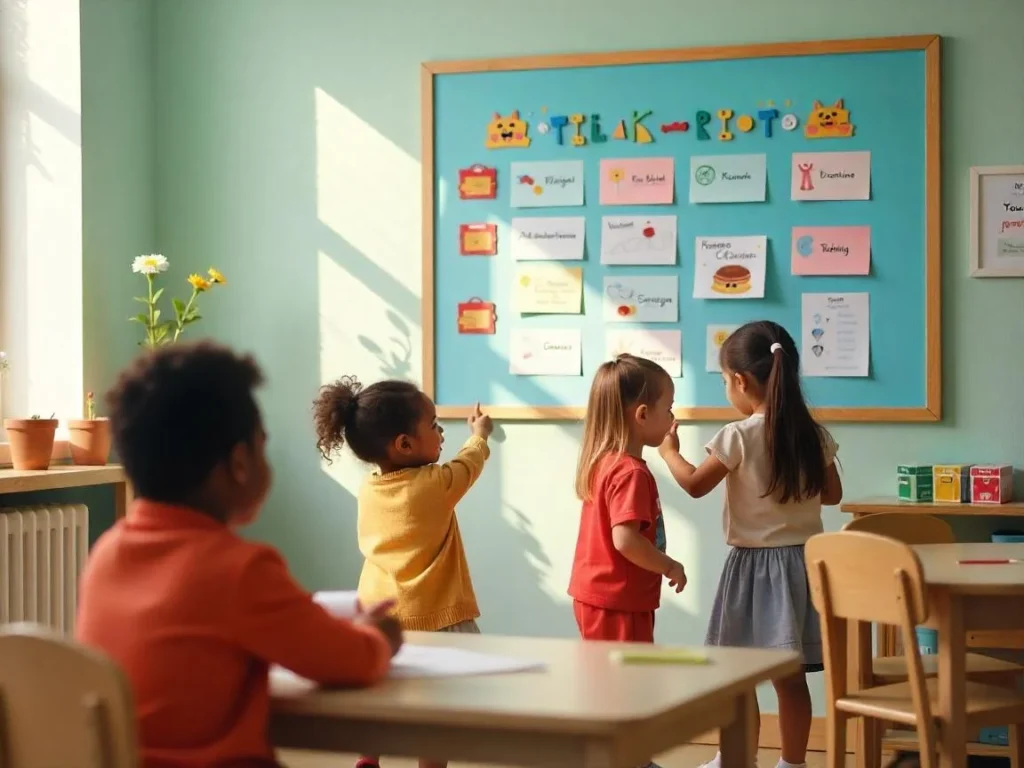Navigating the Delicacies of Down Syndrome and Autism
Down syndrome vs autism: Working with individuals with developmental disorders can involve making a distinction between autism and Down syndrome, particularly when both coexist. Dual diagnosis is common, and being aware of what distinguishes and differentiates them is essential for educators, therapists, and families. In this guidebook, we learn essential differences and similarities and we share evidence-based practices for working with them effectively.
What Is Down Syndrome?
Definition and Causes
Down syndrome is a genetic condition because of the presence of an extra chromosome 21 (trisomy 21). Down syndrome affects physical development, intelligence, and communication.
Common Traits and Strengths
- Physical characteristics such as almond eyes and flat facial profile
- Speech and motor skill delays
- Enhanced visual processing abilities
- Social approachability and sociability

What Is Autism Spectrum Disorder (ASD)?
Definition and Diagnosis
Autism is a neurodevelopmental disorder characterized by problems with social communication and restricted, repetitive behavior. The range of diagnosis varies from mild to severe and in presentation.
Key Characteristics
- Restricted or no eye contact
- Delayed speech
- Repetitive actions (e.g., hand-flapping, lining up toys)
- Increased sensitivity or seeking of sensory input

Down Syndrome vs Autism: Basic Differences
Communication Styles
Down Syndrome:
Typically has a normal developmental sequence but delayed.Uses gestures and non-verbal communication effectively.
Autism:
Symbolic gestures can be absent and can have impaired non-verbal communication.Verbal delay can be severe and is accompanied by poor social reciprocity.
Social Interaction
Down Syndrome:
Interested in social interaction, uses joint attention and eye contact.
Autism:
Can be interested in objects rather than people, has poor joint attention, and can avoid eye contact.
Play Behavior
Down Syndrome:
Engages in symbolic play and turn-taking.
Autism:
Engages in non-symbolic or repetitive play like spinning or lining up toys.

Identifying Dual Diagnosis: Down Syndrome and Autism Combined
Things to Look For
- Regression in abilities (e.g., verbal skills)
- Severe sensory sensitivities
- Repetitive motor actions
- Sleep problems that go beyond what is normal for Down syndrome
Case Study: Jackie vs Sam
Jackie (Down Syndrome only):
- Uses gestures
- Symbolic play
- Maintains eye contact
Sam (Dual Diagnosis):
- Repetitive play
- Avoids joint attention
- Regression in speech

Diagnostic Process and Challenges
Why Autism in Down Syndrome Is Typically Diagnosed Late
- Overlap of traits conceals signs of autism
- Inadequate professionals’ awareness
- Emotional hesitation on the part of parents to ask for another diagnosis
Importance of an Accurate Diagnosis
- Availability of specialized services
- Individualized educational interventions
- Informed healthcare decisions

It is sometimes difficult to diagnose autism in individuals with Down syndrome.As guidance for the healthcare providers,the CDC provides detailed diagnostic criteria for Autism Spectrum Disorder,as per the DSM-5 guidelines.
Proven Strategies to Support Dual Diagnosis Learners
1. Structured Routines
Routine reduces anxiety and improves compliance. Visual schedules help individuals understand expectations.

2. Work Systems
Divide activities into understandable steps to establish independence and minimize frustration.
3. Visual Supports
Use objects, pictures, symbols, and signs to augment communication and understanding.

4. Interdisciplinary Team Collaboration
Working in collaboration with experts like SLPs, OTs, BCBAs, and psychologists ensures comprehensive support.
Addressing Parental Concerns
Understanding Grief and Acceptance
A second diagnosis is an emotionally difficult situation.Support groups and counseling are helpful tools.
Empowering the Family
Clear diagnosis leads to specific intervention and long-term developmental improvement.
For parents and professionals seeking more detailed resources and expert opinion,Down Syndrome Resource Foundation offers informative information and resources specifically tailored for people with dual diagnoses.
Conclusion: Building a Brighter Future for Children with Dual Diagnosis
It is critical to understand the interaction between Down syndrome and autism in order to develop inclusive, supportive environments. Through early intervention and evidence-based practices, children with dual diagnoses can excel academically, socially, and emotionally.
If you suspect that your student or child has a dual diagnosis, don’t hesitate. Speak with your pediatrician or a licensed therapist for an early assessment and consultation.

